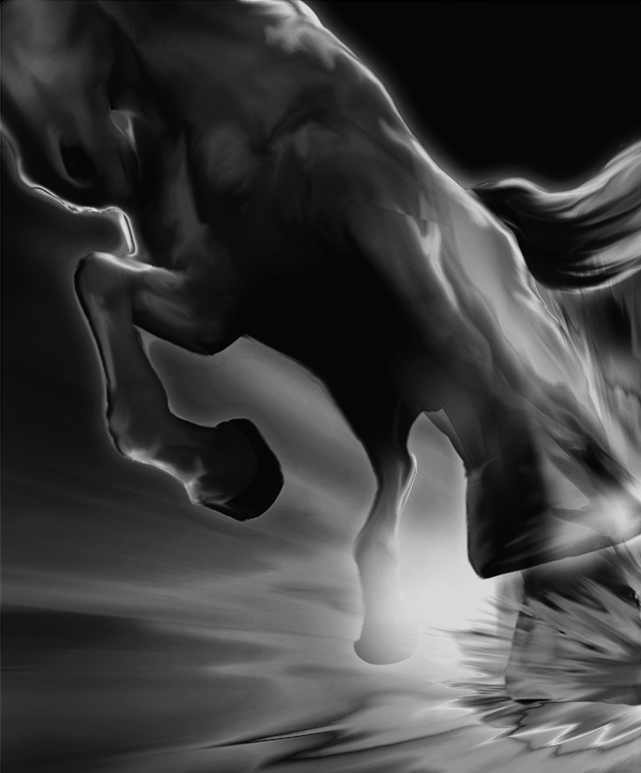
Short Form Three is definitely one of the most recognizable forms in American Kenpo. This is because it is often executed in tournaments and demonstrations; and also because it is considered by most to be visually appealing, it is relatively short, and is learned fairly early in one's training. This final fact allows less experienced practitioners to perform a form to please the audiences and receive more positive feedback earlier in their training. Many mid-ranking under belts use this form as their "go to" tournament form. Again, this is because compared to the lower forms (dictionary forms) this form is dynamic and generally gets better scores from tournament judges and bigger applause from the crowds. A win-win.
This popularity, although good for the practitioner and system, also comes with a huge downside - stylized execution creep. Short Form Three is frequently modified in innumerable ways; often in an effort to make it more tournament and/or demonstration appropriate. These modifications are commonly made for visual appeal and/or to improve the distant observer's enjoyment. Or to improve tournament judge acceptance. It is not that uncommon to see so many modifications or additions to the form's standard execution that it is barely recognizable. And ultimately, these stylized execution modifications slowly creep their way back into idealized execution of the form.
This downside is most commonly expressed when the practitioner and/or instructor has internalized these stylized modifications to this form to the point to which these modifications begin to permanently replace the standard execution. Ultimately, this results in the original, intended information and movements of the form becoming lost to that American Kenpo lineage - typically forever.
It is at this point that the form begins to slip towards a zone that older forms, from more traditional and ancient systems, may sometimes be placed. This would be forms where movements are taught without imparted meaning, or movements that must be deciphered by the practitioner in order to have some extrapolated meaning. Forms that have been performed by so many generations of students that the original intent of each movement has been essentially lost to the sands of time. And, the movement that is learned may or may not be the original movement. No one really knows for sure. Maybe not all of the movement, but definitely some (and in some cases, most) of it.
American Kenpo originated in the late 1950's and was permanently etched in time by the end of 1990, upon Mr. Parker's passing. Time continues to march forward with new generations learning the system and therefore the forms. Each passing decade adds a few new generations of students to the mix. And, with each new generation, new modifications and new interpretations, each accumulating and augmenting this overall effect.
This chapter will not try to work within the framework of alterations / enhancements to the form. It will concentrate solely on the original presentation; its idealized execution, and improving / correcting problems that arise from that standpoint. This is not to discourage amendments or variations to the idealized execution. On the contrary, stylizing (i.e., personalizing) a form is a valuable skill, but it should not come at the permanent expense of the founder's original intent and information. Therefore a conscious decision has been made to only work within the form's original, idealized execution and not delve into the possible stylized modifications that are frequently found to be made to the form. These adjustments will not be recognized, examined, nor cataloged in this chapter. They are left for the reader to review and scrutinize on their own. For more information on idealized vs stylized execution, see the "Execution of Short Form Three / Execution Style" section of this guide.
Tips and methods for improving your execution of a form, in general, can be found in the earlier guides in this series. But, Short Form Three is a significant departure from those earlier forms. Therefore a slightly different approach to improving the execution of this form will be taken. Physical execution of the form will still be scrutinized, as in the past, but more emphasis will be added on the overall execution and less on the minute details. In other words, a slightly more macro approach will be introduced, in contrast to the established, detailed study presented in the previous guides of this series.